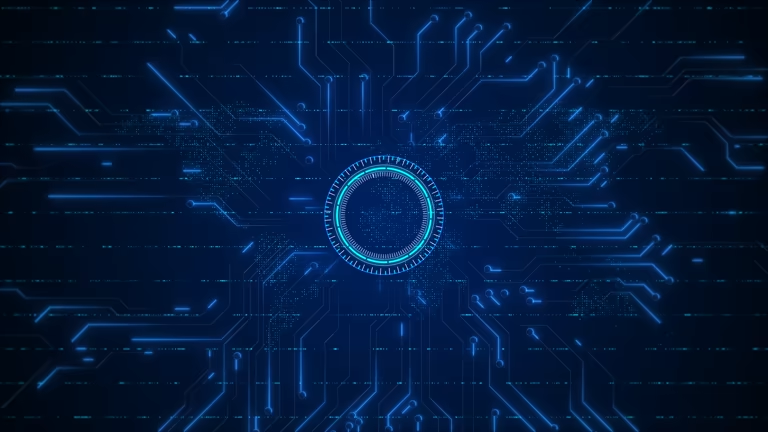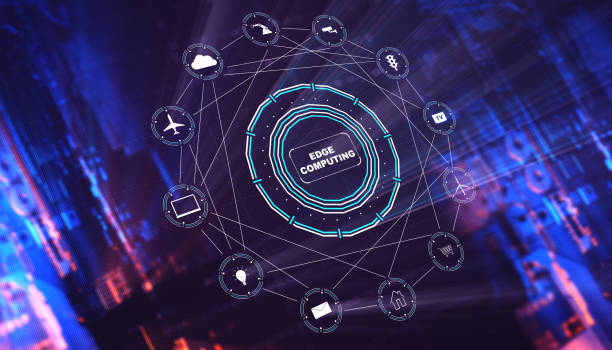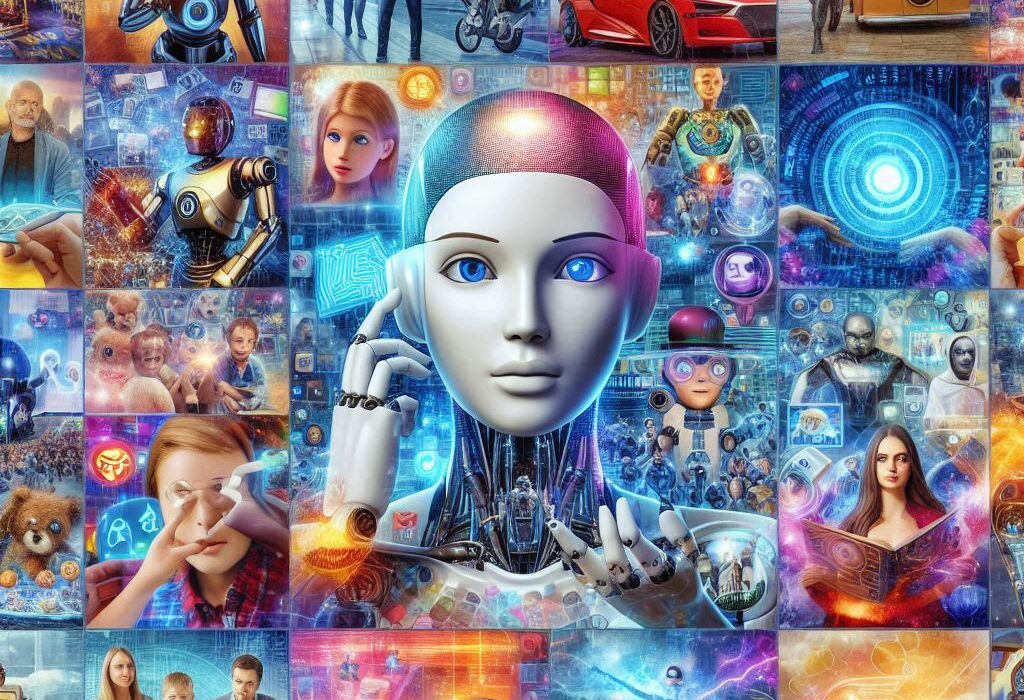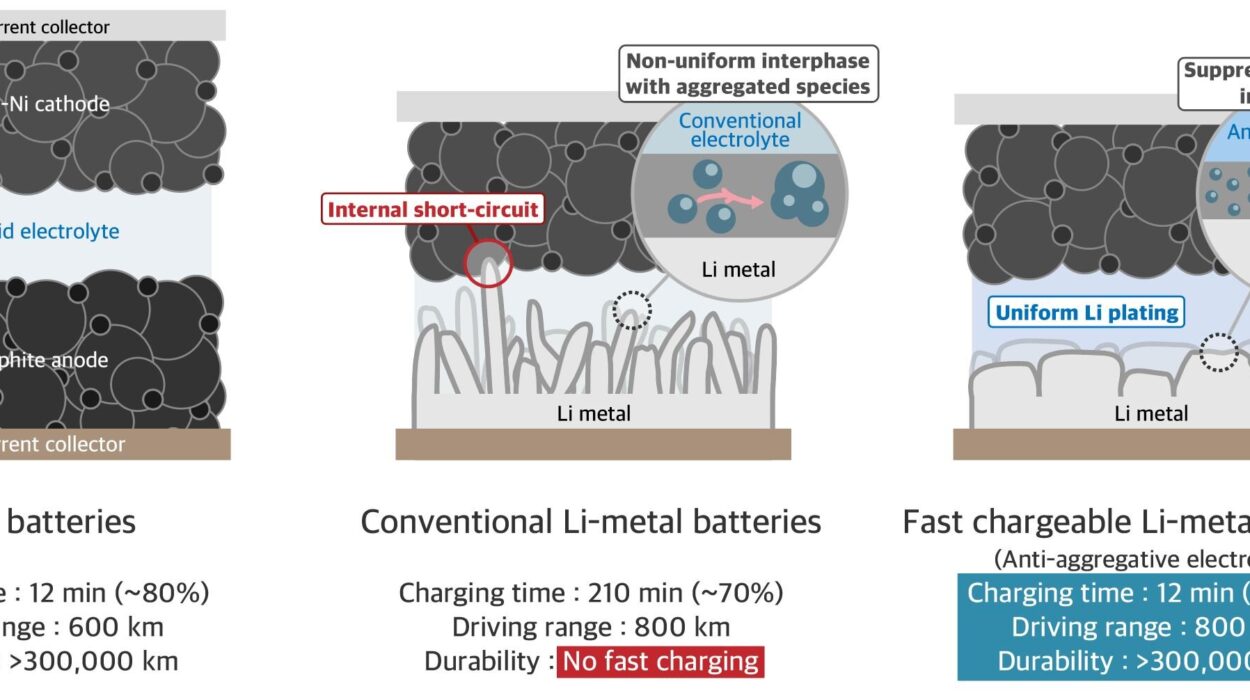Human beings have always sought ways to make work easier, faster, and more efficient. From the invention of the wheel to the weaving loom to the steam engine, progress has consistently marched hand in hand with innovation. At the heart of this relentless evolution is one powerful idea: automation.
Automation is the use of technology to perform tasks that would otherwise require human labor. It’s not a new concept—in fact, it has shaped the course of civilization for centuries—but what makes it so important today is the pace at which it’s accelerating and the scale at which it’s affecting human life.
In the 21st century, automation is no longer confined to assembly lines or factory floors. It’s behind the code that filters your emails, the algorithms that recommend your favorite songs, the bots that handle your banking requests, and even the software that might help diagnose disease or write news articles. As automation becomes more intelligent and widespread, its impact on jobs has grown into one of the most debated and complex issues of our time.
Is automation stealing our jobs or making them better? Will we all be replaced by robots, or will we find new, more meaningful work? And what does it really mean to live and work in an automated world?
Let’s unravel the layers of automation, explore how it’s reshaping the workplace, and examine its profound implications on the future of employment.
Understanding Automation: More Than Just Robots
When people think of automation, many immediately picture gleaming robotic arms on car assembly lines or androids performing tasks in sci-fi films. While industrial robots are certainly a part of automation, the concept is far broader and more nuanced.
At its core, automation refers to the application of machines, control systems, and information technologies to optimize productivity and reduce the need for human intervention. It can be as simple as a motion-sensor light turning on when you enter a room or as complex as a fully autonomous supply chain system that predicts demand, places orders, manages inventory, and coordinates logistics—all without a single person pushing a button.
There are different levels and types of automation:
- Mechanical automation: Think conveyor belts, power looms, or packaging machines. These tools do physical work repetitively, replacing manual labor.
- Software automation: This includes programs that automate tasks like data entry, customer service chatbots, or email filtering systems. These tools handle cognitive or repetitive information tasks.
- Artificial Intelligence (AI) and machine learning automation: These advanced systems learn from data and make decisions. They are used in areas like fraud detection, autonomous vehicles, predictive analytics, and even creative fields like music composition or content creation.
As automation becomes more intelligent, its potential to affect jobs grows—not just in factories, but in offices, retail stores, hospitals, schools, and everywhere in between.
A Brief History of Automation: From the Loom to the Algorithm
Automation didn’t appear overnight. Its roots run deep in human history, woven through centuries of technological development.
One of the earliest examples dates back to ancient Greece, where the mathematician Hero of Alexandria invented machines powered by steam and air. However, real progress began in the 18th century, during the Industrial Revolution.
When James Watt perfected the steam engine, it transformed industries across Europe. Mechanized looms, spinning machines, and later, conveyor belts revolutionized textile manufacturing. Factories could produce goods at unprecedented speeds, and fewer people were needed to do it. This marked the beginning of the tension between technological progress and labor displacement.
In the early 20th century, Henry Ford introduced assembly line production to automobile manufacturing. By automating the process of car building, he reduced costs, boosted efficiency, and raised workers’ wages. Fordism became a symbol of how automation could benefit both companies and workers.
By the mid-20th century, the invention of computers ushered in a new era. The automation of information tasks—calculations, data processing, and eventually communication—began to shift white-collar work. Office clerks, typists, and switchboard operators saw their roles disappear or change fundamentally.
Then came the rise of the internet, smartphones, cloud computing, and now, artificial intelligence. Each wave of innovation has made automation faster, smarter, and more far-reaching.
The Promise of Automation: Productivity, Efficiency, and Innovation
From a business and economic standpoint, automation offers enormous advantages. At its best, it boosts productivity, reduces costs, improves accuracy, and allows humans to focus on higher-level thinking.
Consider agriculture. A single modern combine harvester can do the work of dozens of manual laborers in a fraction of the time, transforming how food is grown and harvested. In medicine, robotic surgical systems can assist doctors with incredible precision, reducing recovery times and improving outcomes.
Automation also helps reduce human error, which is especially important in fields like finance, aviation, or manufacturing, where mistakes can be costly or dangerous. For repetitive or hazardous tasks, machines can do what humans shouldn’t have to.
Moreover, automation creates entirely new industries. The invention of the car destroyed the horse-drawn carriage business, but it created millions of jobs in auto manufacturing, infrastructure, sales, and service. Similarly, the rise of digital automation has fueled demand for coders, data scientists, cybersecurity experts, and other tech-related roles.
In theory, automation allows societies to produce more with less effort. This could lead to shorter workweeks, greater leisure, better services, and higher standards of living. But that’s only one side of the story.
The Disruption of Work: Winners and Losers
For every job automation creates, it often transforms or eliminates others. This is where its impact becomes complex, even painful.
Jobs involving routine, repetitive tasks—whether physical or cognitive—are most vulnerable. Assembly line workers, cashiers, telemarketers, bank tellers, and data entry clerks have all seen significant automation-driven displacement. Self-checkout kiosks, online banking, and robotic warehouse systems have replaced roles once filled by people.
But automation doesn’t just affect low-skill jobs. Increasingly, high-skill, well-paid professions are also being reshaped. Algorithms can now read legal documents, analyze financial data, diagnose diseases from medical scans, and even write software code. While these tools don’t fully replace experts (yet), they reduce the need for junior roles and change the skills required.
This disruption creates winners and losers. Workers whose skills complement automation often see rising wages and job security. Those whose skills are replaced by machines may face unemployment or be forced into lower-paying jobs. Entire communities can be devastated when local industries automate or outsource work.
Retraining programs exist, but they often lag behind the speed of change. It’s not just a matter of learning new skills—it’s about navigating a shifting economy, where traditional job paths are vanishing and new ones aren’t always clearly defined.
Automation and Inequality: A Widening Divide
One of the most troubling aspects of automation is its potential to widen economic inequality.
Automation disproportionately benefits those who own capital—companies, investors, and highly skilled workers—while displacing many low- and middle-skill workers. This dynamic concentrates wealth and power, creating a “winner-takes-most” economy.
For example, a logistics company may replace thousands of warehouse workers with robots. The savings boost profits, which go to shareholders and executives, while displaced workers may struggle to find comparable employment. The technology creates wealth, but that wealth is not evenly distributed.
Furthermore, regions and countries with strong technological infrastructure benefit more than those without. As automation reshapes industries, some cities flourish while others decline, deepening geographic divides.
Without thoughtful policies—such as progressive taxation, universal basic income, or robust education and training programs—automation could exacerbate the gap between the rich and the poor, the skilled and the unskilled, the urban and the rural.
The Psychological Impact: Fear, Identity, and Purpose
Work is more than just a paycheck. For many people, it’s a source of identity, purpose, and social connection. The automation of jobs raises deep psychological questions about what it means to be human in a world where machines can outperform us.
When someone loses their job to automation, it’s not just a loss of income—it can feel like a loss of value, of relevance. This can fuel anxiety, resentment, and even political unrest. Entire generations may question the future: “What role will we play in a world where machines do everything better?”
On the other hand, automation also offers the possibility of liberation from drudgery. If managed wisely, it could allow people to spend more time on creative pursuits, caregiving, learning, and leisure—areas that enrich human life.
The challenge is to ensure that this liberation is available to everyone, not just a privileged few.
Human-Machine Collaboration: The Future of Work
Despite fears of job loss, many experts believe the future lies not in replacing humans but in augmenting them. Human-machine collaboration—where people and machines work together—may become the defining feature of tomorrow’s workplace.
Imagine a doctor using AI to analyze complex medical data before diagnosing a patient. Or a lawyer relying on algorithms to scan thousands of documents in seconds. Or a factory worker overseeing a team of robots, stepping in only when something goes wrong.
In these scenarios, automation doesn’t remove the human element—it enhances it. Humans provide context, ethics, emotional intelligence, and creativity—qualities machines struggle to replicate.
The key is to develop systems where humans and machines complement each other, not compete. This requires redesigning education, workspaces, and even corporate structures around collaboration, flexibility, and lifelong learning.
Reskilling for the Automated Age
If automation is inevitable, then the ability to adapt is crucial. That’s where reskilling and upskilling come in.
Reskilling means teaching workers new skills so they can move into different roles. Upskilling means helping workers deepen their existing skills to stay relevant as their jobs evolve.
Governments, companies, and individuals all have roles to play. Public education systems must teach not just technical skills, but adaptability, critical thinking, and digital literacy. Employers must invest in training rather than constant hiring and firing. Workers must be open to learning and reinventing themselves throughout their careers.
Success stories do exist. Some companies have retrained assembly line workers to become robot technicians. Others have helped cashiers become logistics coordinators or customer experience experts.
The future will belong not to those with static knowledge, but to those who can learn, unlearn, and relearn.
Rethinking Work Itself
Automation doesn’t just change how we work—it forces us to rethink why we work.
As machines handle more of the productive burden, societies may need to reconsider how they value and compensate different forms of labor. Caregiving, teaching, volunteering—jobs that are often underpaid or unpaid—may gain new recognition.
Some futurists propose universal basic income (UBI) as a way to ensure everyone benefits from automation’s wealth, regardless of employment status. Others advocate for shorter workweeks, job-sharing, or a shift toward purpose-driven, rather than profit-driven, work.
Ultimately, automation invites us to ask profound questions: What do we want human life to look like? What is meaningful work? And how can we ensure that progress benefits not just a few, but all?
Conclusion: Automation Is Not Destiny—It’s a Choice
Automation is a tool, not a tyrant. It is neither inherently good nor bad—it is a reflection of how we choose to use it. It can liberate or marginalize, enrich or impoverish, connect or isolate.
History teaches us that technology changes jobs—but it also creates new possibilities. The key lies in how we manage the transition. Through inclusive policies, compassionate leadership, lifelong learning, and ethical innovation, we can shape a future where automation empowers humanity.
The question is not whether automation will affect jobs—it already has. The real question is: What kind of future do we want to build with it?






